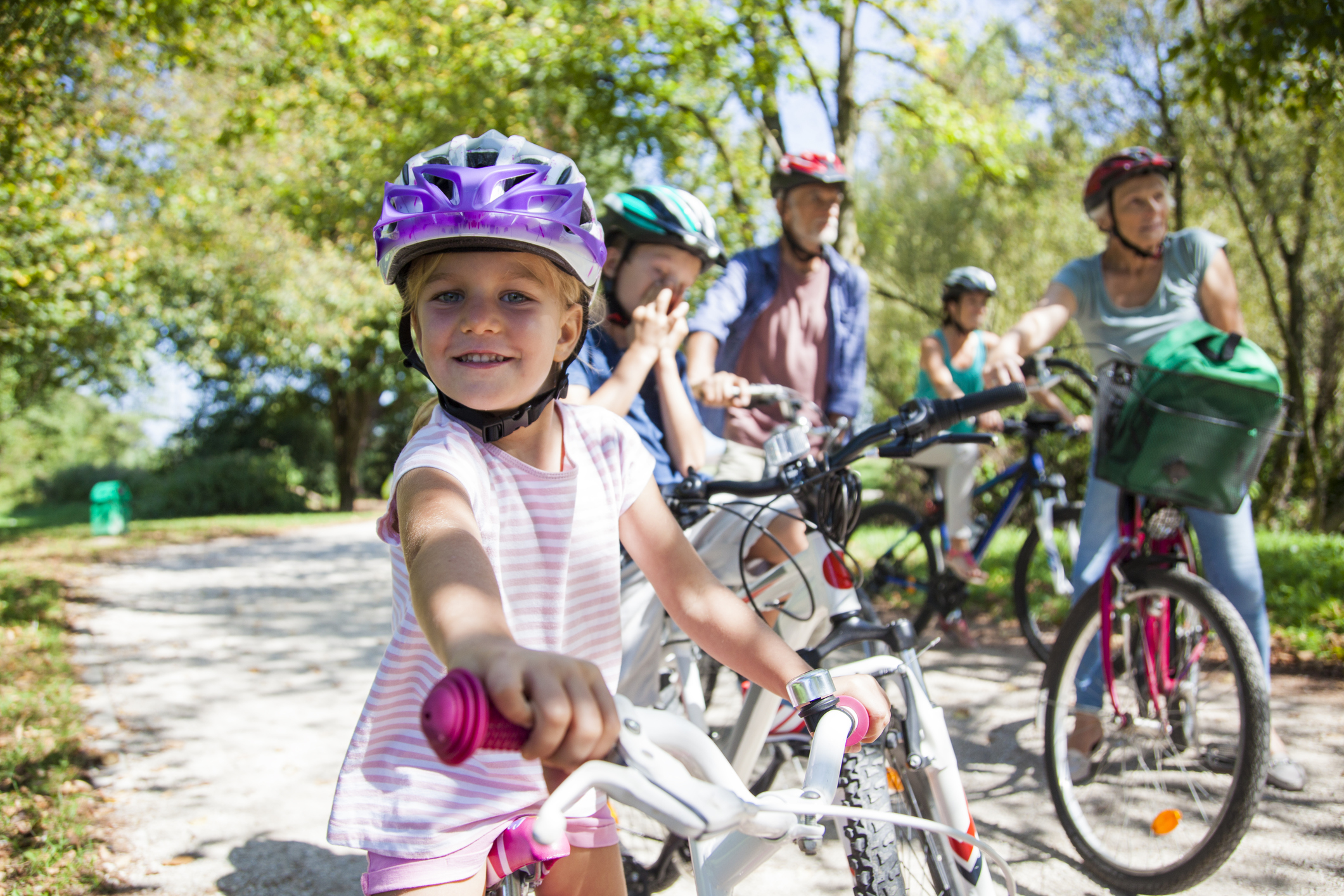Cyclists
Cycling is increasing in popularity because of its many benefits; it is enjoyable, clean, convenient, saves money and is good for physical and mental health.

As a SERP partner, Essex Highways has an ambitious and exciting aim to make cycling and walking easier, safer and more enjoyable so that active travel becomes our automatic choice for getting around.
Looking for cycle training?
If you decide you want to get on your bike, you might be interested in some of the training available in Essex. These include:
- FREE cycling training for adults
- FREE family cycling training
- Bikeability training for schools
Visit the Essex Highways website for more information on the courses available:
https://www.essexhighways.org/safer-greener-healthier/safer-greener-healthier-cycling
Staying safe on your bike
No matter how long you’ve been cycling, you can always improve your skills. One very important area to learn about is road positioning and how to tackle junctions safely.
Cycling UK has produced this handy video guide, which is well worth a few minutes of your time.
It covers:
- Basic road positioning
- Passing simple junctions
- Turning right from a major to a minor road
- Turning left from a major to a minor road
- Turning left from a minor to a major road
- Turning right from a major to a minor road
To summarise, Cycling UK says:
Never ‘hug the kerb’ or ride in the gutter.
Less confident cyclists sometimes worry that being further out may put them in the way of the traffic. It won’t: cyclists are traffic. Being in the traffic stream is where you need to be in order to be treated like traffic.
It’s all about reducing risk
Riding in or near the gutter increases the chances of drivers passing too close with insufficient safety margin. You’ll have to contend with drains, cambered surfaces, and debris like broken glass that has been ‘swept’ to the edge of the road by passing cars. Most importantly you’re less likely to be seen at all by drivers. The most common type of car-cyclist collision is where the car driver failed to notice the cyclist when entering or leaving a side road.
You must position yourself within a driver’s field of vision. You’ll do that best by cycling where they are looking. Drivers look where their vehicle will be in the next few seconds: directly ahead. They pay less attention to people and objects in their peripheral vision.
Drivers are obliged by the Highway Code (Rule 163) to “leave at least 1.5 metres when overtaking cyclists at speeds of up to 30mph, and give them more space when overtaking at higher speeds”. In practice that means that they should pull out, cross the central, dashed white line, and pull in again when they are safely past.
By riding further out from the edge of the road, you discourage overtaking manoeuvres when there isn’t space to do so safely.
Dealing with junctions
Did you know more than 70% of collisions involving a bike happen at, or near, a junction?
You should position yourself at least an arm’s length away from the kerb – although when cycling past parked cars keep an arm’s length away from the vehicles in case a car door unexpectedly opens in your path.
When approaching an obstruction or narrowing in the road, take a more central position and always check over your right shoulder before moving to check it is safe to do so.
Top tips to stay safe while cycling
- In addition to good road positioning, high visibility clothing will help drivers spot you, especially in low light conditions.
- You must always use lights on your bike when cycling in the dark.
- In the event of a collision, our crash data shows that wearing a cycle helmet will halve your risk of receiving a serious head injury.
We also recommend that you watch this short video produced by Cycling UK:
It covers:
- Checking your surroundings
- Brake sense
- Observe and anticipate
- Road positioning
- Finishing your journey
Thank you to Cycling UK for allowing us to share their materials.
